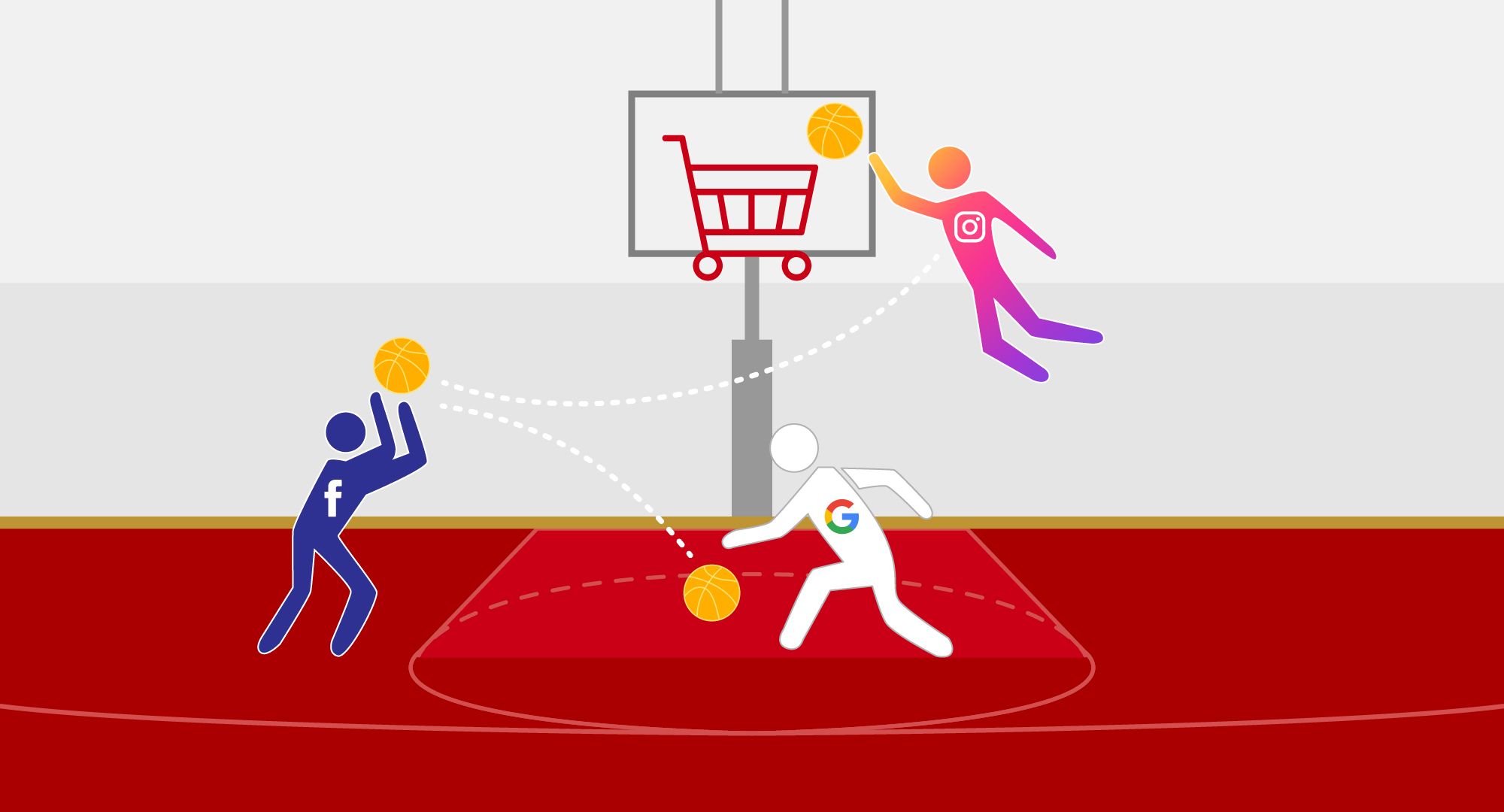In the digital marketing space, attribution is the identification and assignment of a user’s actions (“events” or “touchpoints”) that are considered valuable to specific marketing efforts. Marketing attribution provides an understanding of the efficiency and performance of a particular advertising campaign, audience, or even keyword.
In simpler terms, attribution is the science of matching two data points. The first data point being the impression/click touchpoint and the second being an install, sign-up or purchase action. For example, attributing an e-commerce purchase on your website to the paid advertising impressions from your Facebook campaign. Attribution allows us to understand what happens after a user has interacted with digital advertising channels. These channels can both be paid or organic.
Successful digital advertising attribution allows business stakeholders to clearly visualise the journey of their users throughout the marketing funnel. Accurate attribution data allows marketers to clearly identify channels that are effective and those that are not. In the modern age where data is king, attribution has proved itself to be one of the most important data points for performance marketers across any industry.
Type of Attribution Models
Attribution models analyse the combination of overlapping digital marketing channels and assign the appropriate conversion value to each of these channels. The key task of the right attribution model is to distribute this value in a manner that most fairly reflects the channel’s contribution to the overall result.

For example, 5 players of a basketball team make multiple passes between each other before one of them puts the ball in the basket. Likewise in marketing, various channels interact and impress the user before the user eventually makes a valuable action. Although, unlike basketball where the points are credited to the player who scored the basket, marketing attribution models are able to allocate the value of the conversion to any and all of the channels that interacted with the user prior to the conversion.
Single-Touch Models

Attribution models that assign the entire conversion value to an elected, single interaction (single-touch models) aren’t obsolete yet. In Google Analytics there are two standard single-touch models:
- First Interaction Model
- Last Interaction Model
These models can be modified by setting conditions that the interactions need to meet before being assigned the value.
For example, you can create a model where the conversion is attributed to the last interaction before the purchase unless it’s a direct visit, brand-related search click, remarketing banner click, or a visit from a newsletter. This way you assign value to sources responsible for the customer acquisition instead of those who only assist in the last stages of the purchase process.
The model used in the standard Google Analytics reports is the ‘last non-direct click’ model. Direct visits made by returning users do not override the original source of user acquisition.
Multi-touch models

The multi-touch model takes into account every interaction on the conversion path:
- Linear Model: Attributes the same share in conversion to all interactions;
- Time Decay Model: Attributes more value to interactions which take place in the shorter time before conversion;
- Position-Based Model: Assigns a percentage of the conversion value to both the first and last interaction, and the remaining percentage is divided equally between the middle interactions;
- Data-Driven Model: Algorithmic model which analyses all conversion paths in the account and assigns relevant values to interactions depending on their importance to the conversion process (available in Analytics 360, and in simplified version also in AdWords and DoubleClick Search).
These models can also be modified, for example, by assigning a higher value to visits with higher user engagement (e.g., time on site, number of pages visited) as well as by increasing or decreasing the importance of certain interactions (e.g., direct visits, brand-related search visits, ad impressions without click).
Deciding on the right attribution model can be a tricky process as there isn’t a one size fits all. The key thing to consider is the nature of the business and its advertising campaigns. Extensive testing should be done before eventually deciding on a specific model.
Why Is Attribution Important?

Attribution helps performance marketers understand the accurate value of your various digital advertising channels and the success of its campaigns. Without accurate attribution, advertisers, partners, and app developers wouldn’t know how much has been spent per ad, and how much a successful conversion pays out.
Furthermore, marketing attribution is essential for the optimisation of all kinds. By tracking user events and understanding how users behave when served with paid activity, performance marketers can change and improve almost every aspect of their brand’s website, creatives, and ad spend.
Attribution affects the entire ad ecosystem, from determining how much ad space costs to how well a campaign has performed – making it a fundamental component of digital marketing.
The Future of Attribution

In our personal opinion, the future of attribution will have to address three key obstacles marketers face today;
1. More personalised advertising – Personalised product offerings based on previous purchase and viewing activity is the next big thing in digital advertising. As attribution tools are at the centre of advertising campaigns and customer behaviour, they are at an advantage in being able to provide marketers with better personalisation solutions.
2. Efficient optimisation of campaigns – Automation is increasingly becoming a crucial part of marketing. Attribution tools that assist in automatically redistributing advertising budgets based on performance will be highly sought after by marketers.
3. A holistic view of user interactions regardless of platforms – Customer journeys are fragmented across channels and platforms. Legacy attribution systems are unable to connect the dots because they see each fragment as a different, anonymous user. Future attribution tools need to be able to identify users across the various platforms and provide a holistic view of user behaviour.
Regardless of the size of a business or its advertising spend, attribution is fundamental in your endeavours as a digital marketer.
If you’d like to discuss the most suitable attribution model for your specific business, feel free to reach out at hello@admiral.digital
